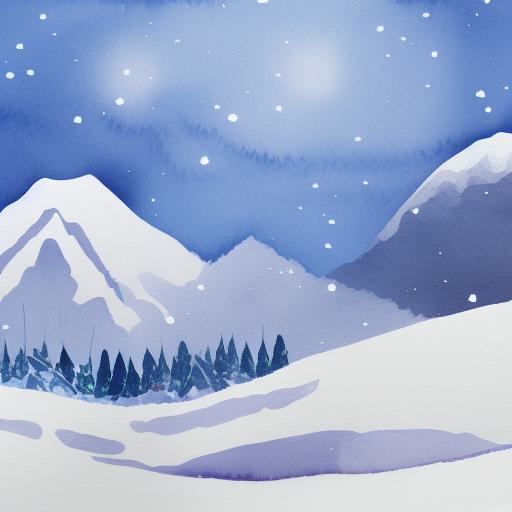Watercolor painting art
Watercolor painting is a technique of painting using pigments mixed with water, which creates a transparent effect that allows the white of the paper to shine through. This technique is known for its delicate and fluid appearance, and its ability to capture the nuances of light and shadow. Watercolor paintings can be created on a variety of surfaces, such as paper, canvas, or even wood, and can be used to create a wide range of subjects, from landscapes and seascapes to portraits and still lifes.
Origin of watercolor painting
Watercolor painting has a long history, with evidence of its use dating back to ancient Egyptian times. It gained popularity in the 18th century, particularly in England, where artists began using it to capture the beauty of the countryside. Today, watercolor painting remains a popular art form, with many artists experimenting with the medium and pushing the boundaries of what is possible.
To create a watercolor painting, artists typically start with a sketch of their subject in pencil, and then apply layers of paint using brushes or sponges. The paint is applied in thin, translucent layers, allowing the colors to blend and mix on the paper to create a sense of depth and texture. The final result is often characterized by its ethereal beauty and the ability to evoke emotions in the viewer.
What is AI-generated art?
AI-generated art refers to artwork created using artificial intelligence algorithms that can quickly and efficiently generate images. Compared to traditional art-making methods, AI-generated art enables experimentation with various styles and techniques and allows for the creation of designs tailored to specific requirements. Moreover, it promotes inclusivity and diversity in the art world by providing a platform for artists from different backgrounds to express their unique experiences and perspectives.
Designers can incorporate AI-generated art into their designs easily by utilizing online tools such as Visual Paradigm Online. By using websites like Stable Diffusion, Midjourney, or Dalle 2, artists can generate their own AI-generated art and explore the vast creative possibilities that this technology has to offer.
How to create this prompt?
When writing an AI image prompt like the one provided, it is important to include specific details that will influence the image generated by the AI algorithm. The prompt should include information about the subject matter, art style, and any other relevant details that will guide the AI in creating the desired image.
In the example prompt, the subject matter is a snow mountain, which is a specific type of landscape that can be represented in a variety of ways. Additionally, the prompt specifies that the painting should be done in watercolor, which is a medium that can create a range of textures and color effects. The prompt also references Charles E. Burchfield as an inspiration, which may give the AI a specific reference point for the style and composition of the painting.
Furthermore, the prompt mentions “folk art” and “winter painting”, which may influence the AI’s choice of colors and brush strokes. The reference to a “blizzard in the mountains” could also guide the AI in creating a sense of movement and energy within the painting.
Overall, the key to writing an effective AI image prompt is to be specific about the subject matter, style, and any other details that will influence the AI’s output. By including these details, the prompt can guide the AI in creating an image that meets the desired specifications.


